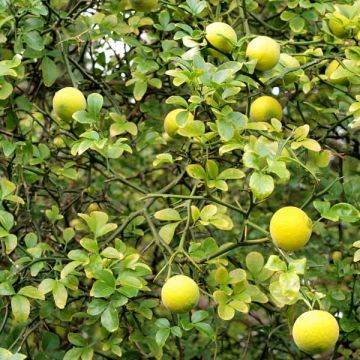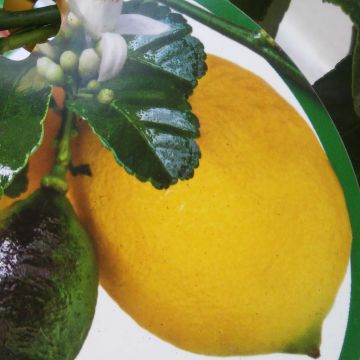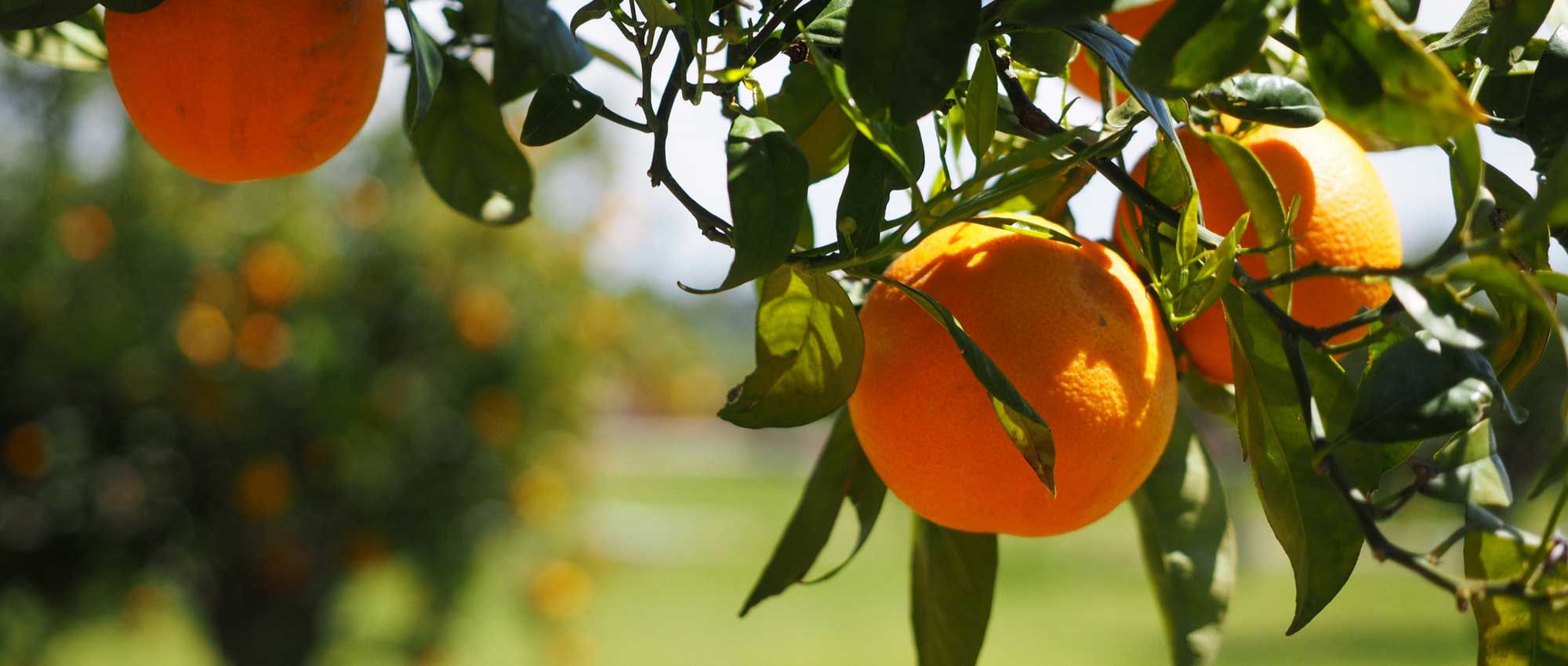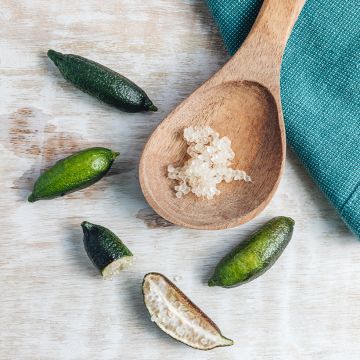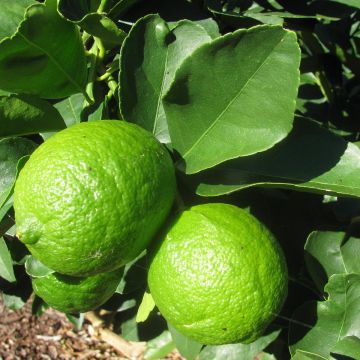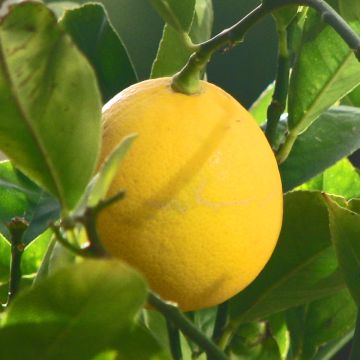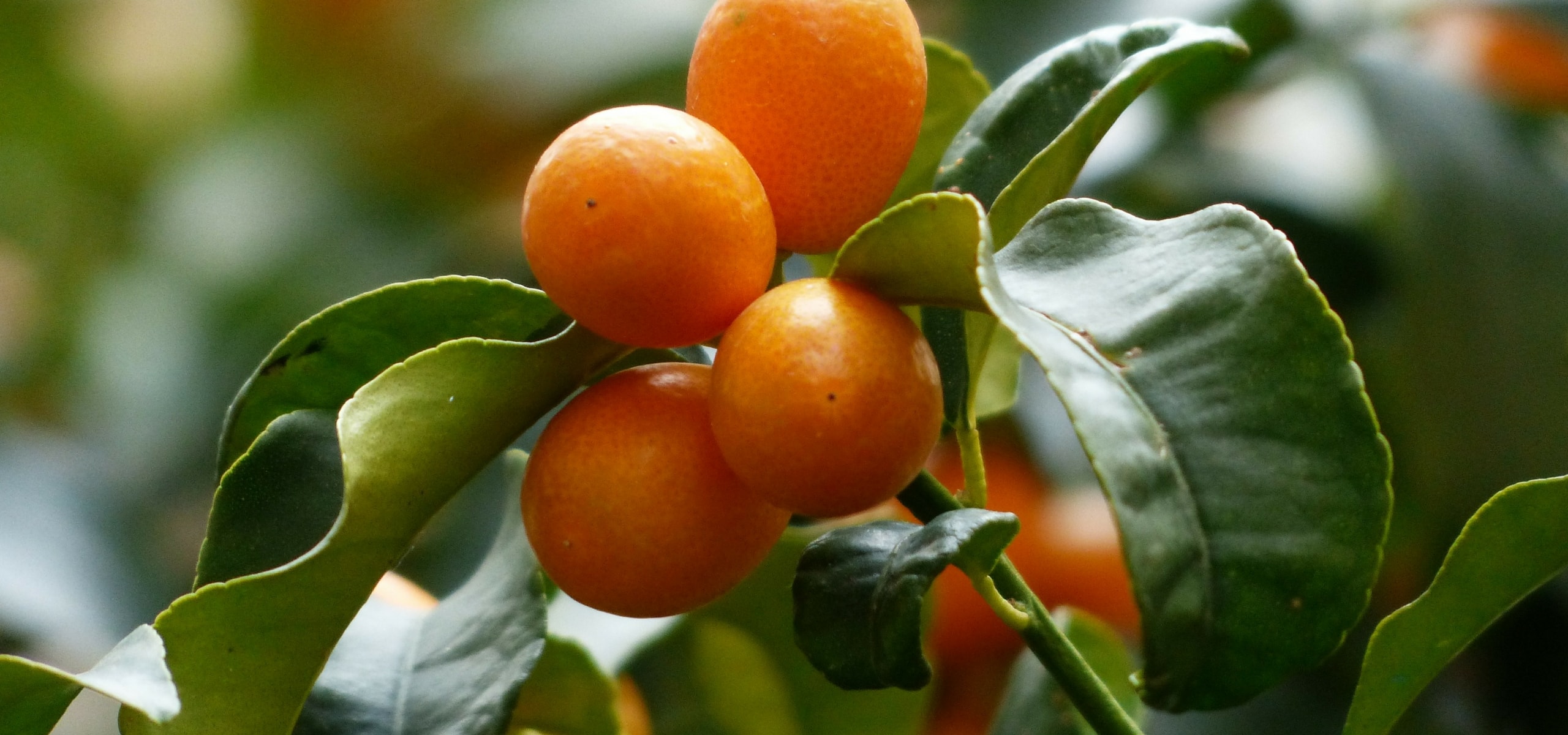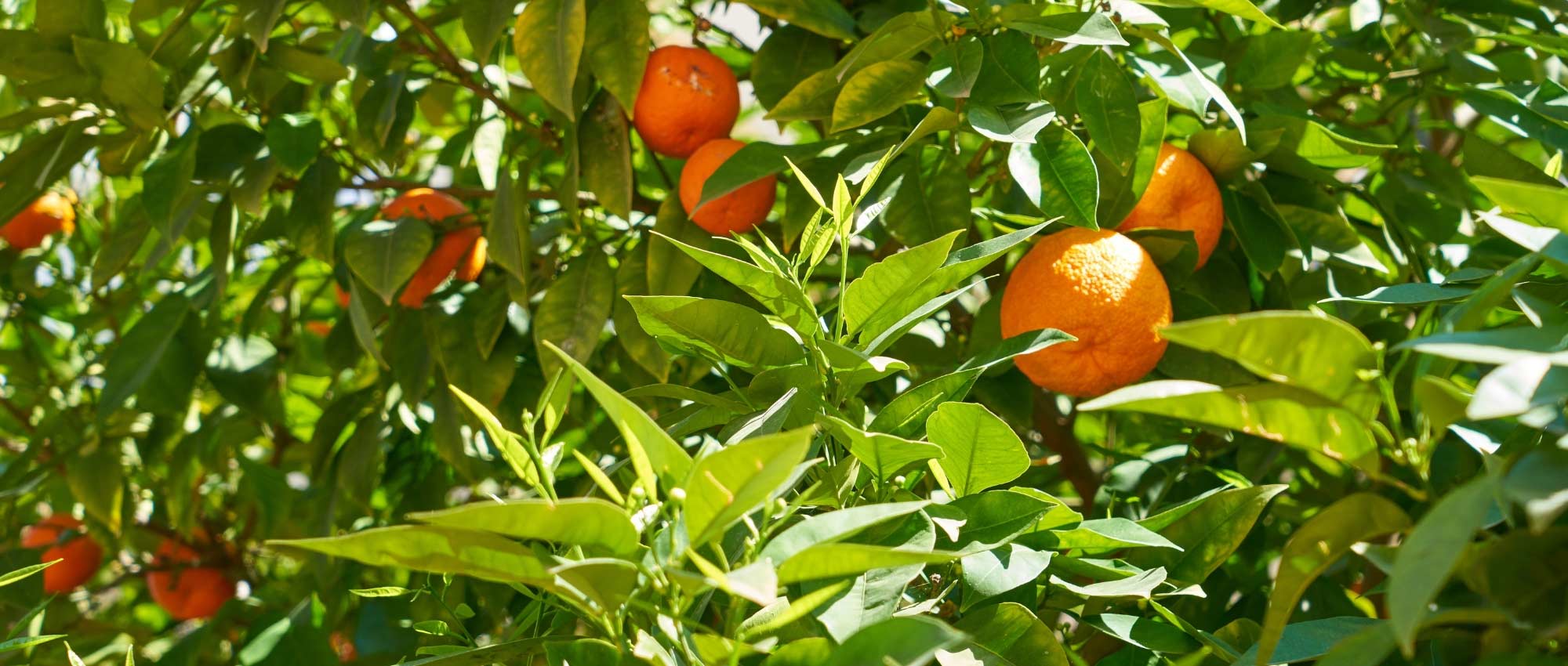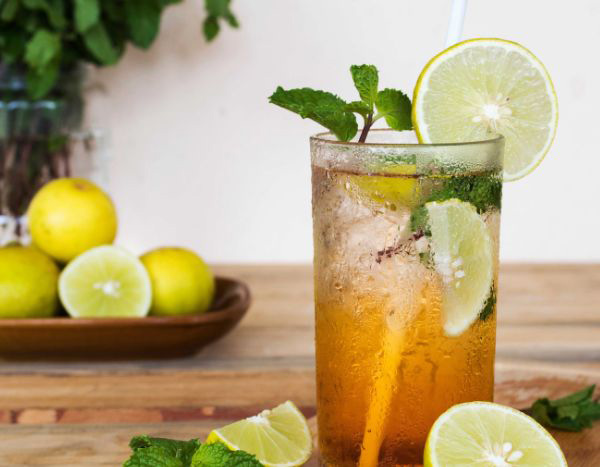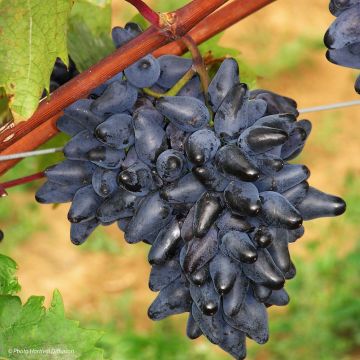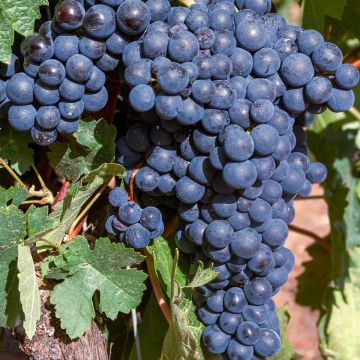

Rainbow Orange - Citrus x Doppio Sanguigno


Rainbow Orange - Citrus x Doppio Sanguigno
Rainbow Orange - Citrus x Doppio Sanguigno
Citrus sinensis x meyeri Doppio Sanguigno
Rainbow Orange
Beautiful and healthy bush
Catherine, 12/08/2025
Special offer!
Receive a €20 voucher for any order over €90 (excluding delivery costs, credit notes, and plastic-free options)!
1- Add your favorite plants to your cart.
2- Once you have reached €90, confirm your order (you can even choose the delivery date!).
3- As soon as your order is shipped, you will receive an email containing your voucher code, valid for 3 months (90 days).
Your voucher is unique and can only be used once, for any order with a minimum value of €20, excluding delivery costs.
Can be combined with other current offers, non-divisible and non-refundable.
Why not try an alternative variety in stock?
View all →This plant carries a 6 months recovery warranty
More information
We guarantee the quality of our plants for a full growing cycle, and will replace at our expense any plant that fails to recover under normal climatic and planting conditions.
Description
Citrus meyeri Meyer (x) sinensis Doppio Sanguigno is a brand new hybrid citrus tree, sometimes known as Meyer blood citrus or arcobal. Derived from the cross between a Meyer lemon tree and a double blood orange, this productive variety produces medium-sized fruits from a young age, characterised by their strongly striped red skin on an orange background, extremely decorative on its beautiful dark green foliage in winter. While the taste value of the fruits is often debated, the ornamental value of this bush is undeniable. In addition to its fruits, it produces large white flowers in spring, and sometimes in summer, which are also striped with red and highly fragrant. Hardy down to -8°C (17.6°F), it can be planted in the ground on the Mediterranean coast. It also performs very well in pots, to be stored indoors during winter elsewhere.
.
Citrus meyeri x sinensis Doppio Sanguigno is a small tree in the Rutaceae family, like all citrus trees. It has a bushy habit and a dense crown, reaching approximately 2.50m (8ft) in height and 1.50m (5ft) in width at the age of 10, depending on the growing conditions. The final size of this new variety, which seems vigorous, is still unknown. It will remain smaller when grown in a pot. The branches are quite thick, with some thorns and leaves that persist throughout the year, except in case of severe frost. The leaves are entire, ovate to lanceolate, measuring 5 to 10cm (2 to 4in) in length and 3 to 4cm (1 to 2in) in width, dark green and glossy, slightly undulate and aromatic when crushed. The flowering mainly occurs in spring, in May-June, but can occasionally continue during the summer. Solitary or grouped in small clusters, the rose-red flower buds open into large star-shaped white flowers, striped with red. The flowering is followed by the formation of oval to rounded fruits that measure approximately 8cm (3in) in diameter. Their thick green skin turns bright orange, striped with dark red when ripe. The red areas are wide and arranged like the ridges of a melon. The fruits are rich in essential oils. The flesh, which is red when ripe, is sweet and sour, juicy, and moderately flavourful.
Primarily cultivated for its ornamental qualities, this citrus tree, like all citrus species, contains essential oil pockets in its leaves, flowers, and fruits, which are often visible to the naked eye. Its zest can be used to flavour desserts. When fully ripe, its fruit produces a sweetish juice that can be consumed as is or mixed with other citrus juices in fruit juice cocktails. The fruits remain decorative on the tree for a long time, making it a beautiful conservatory plant in winter. As is often the case with citrus trees, the cold resistance of the plant does not necessarily indicate the same for the fruits. While the vegetation may regrow in spring, the flowering is often delayed by several months. Depending on the variety, frozen fruits may still be edible to some extent. There is still limited information available about this Citrus meyer (x) sinensis Doppio Sanguigno hybrid: a new challenge for citrus enthusiasts!
Flowering and pollination: The Meyer blood citrus is a self-fertile bush, meaning that a single individual is sufficient for complete pollination and fruiting. However, if your citrus tree remains indoors permanently, you may need to occasionally allow pollinators to do their work or, if you feel delicate enough, perform hand pollination with a brush.
Rainbow Orange - Citrus x Doppio Sanguigno in pictures
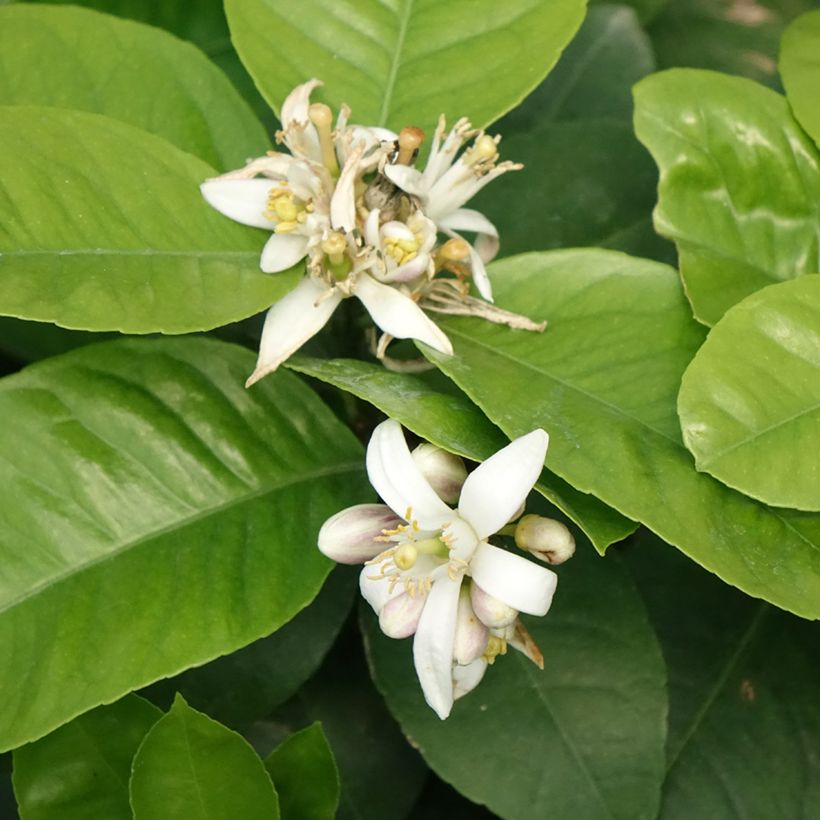





Plant habit
Fruit
Flowering
Foliage
Botanical data
Citrus
sinensis x meyeri
Doppio Sanguigno
Rutaceae
Rainbow Orange
Cultivar or hybrid
Other Citrus trees
View all →Planting and care
Citrus meyeri x sinensis Doppio Sanguigno is planted in open ground in the South, in coastal Mediterranean climate, or in a pot in cooler regions, to be stored in a slightly heated greenhouse in winter. Planting is done in spring. Choose a sunny location sheltered from winds. It thrives in light, well-drained, fertile soils with a tendency for sandy and non-calcareous soil. It appreciates heat but fears drought and requires a lot of water (preferably non-calcareous). The bush tolerates a few degrees of frost, up to -8°C (17.6°F) at its peak, for example late at night, but its damaged vegetation will need to regenerate before being able to bloom again. Cold resistance depends on the duration of the frost: it is essential for temperatures to rise above freezing fairly quickly during the day.
Soak the root ball in water for a few moments before planting.
In open ground: dig a hole, add a layer of gravel at the bottom of the planting hole and mix well-rotted compost and sand with the soil. Place the root ball, cover with soil and firm it down. Water generously at planting, regularly during the summer and reduce watering during the winter period. When the vegetative phase starts (appearance of flowers), gradually increase watering and fertilizer application.
In spring, apply well-rotted compost. At the end of autumn, protect your citrus tree with a winter protection veil.
In a pot: choose a pot 2 to 3 times larger than the volume of the root ball. Place a layer of gravel or clay pebbles at the bottom of the pot to facilitate drainage. Fill the pot with a mix of citrus-specific compost, a bit of garden soil, and a bit of sand. Place the root ball and cover with soil. Firm it down and water generously. From October to April, bring the pot indoors to a cool and bright location with a temperature below 10°C (50°F), ideally between 1 and 5°C (33.8 and 41°F). Water regularly, twice a week in summer and once or twice a month in winter. Do not let water stagnate in the saucer, but do not let the substrate completely dry out either. Plan to repot it every 3 years or so.
At the end of winter, apply an organic fertiliser. In case of aphid or scale attacks, spray soapy water on the foliage repeatedly, then 'rinse' the plant with a not too strong water jet.
Planting period
Intended location
Care
Planting & care advice
-
, onOrder confirmed
Reply from on Promesse de fleurs
Similar products
Haven't found what you were looking for?
Hardiness is the lowest winter temperature a plant can endure without suffering serious damage or even dying. However, hardiness is affected by location (a sheltered area, such as a patio), protection (winter cover) and soil type (hardiness is improved by well-drained soil).

Photo Sharing Terms & Conditions
In order to encourage gardeners to interact and share their experiences, Promesse de fleurs offers various media enabling content to be uploaded onto its Site - in particular via the ‘Photo sharing’ module.
The User agrees to refrain from:
- Posting any content that is illegal, prejudicial, insulting, racist, inciteful to hatred, revisionist, contrary to public decency, that infringes on privacy or on the privacy rights of third parties, in particular the publicity rights of persons and goods, intellectual property rights, or the right to privacy.
- Submitting content on behalf of a third party;
- Impersonate the identity of a third party and/or publish any personal information about a third party;
In general, the User undertakes to refrain from any unethical behaviour.
All Content (in particular text, comments, files, images, photos, videos, creative works, etc.), which may be subject to property or intellectual property rights, image or other private rights, shall remain the property of the User, subject to the limited rights granted by the terms of the licence granted by Promesse de fleurs as stated below. Users are at liberty to publish or not to publish such Content on the Site, notably via the ‘Photo Sharing’ facility, and accept that this Content shall be made public and freely accessible, notably on the Internet.
Users further acknowledge, undertake to have ,and guarantee that they hold all necessary rights and permissions to publish such material on the Site, in particular with regard to the legislation in force pertaining to any privacy, property, intellectual property, image, or contractual rights, or rights of any other nature. By publishing such Content on the Site, Users acknowledge accepting full liability as publishers of the Content within the meaning of the law, and grant Promesse de fleurs, free of charge, an inclusive, worldwide licence for the said Content for the entire duration of its publication, including all reproduction, representation, up/downloading, displaying, performing, transmission, and storage rights.
Users also grant permission for their name to be linked to the Content and accept that this link may not always be made available.
By engaging in posting material, Users consent to their Content becoming automatically accessible on the Internet, in particular on other sites and/or blogs and/or web pages of the Promesse de fleurs site, including in particular social pages and the Promesse de fleurs catalogue.
Users may secure the removal of entrusted content free of charge by issuing a simple request via our contact form.
The flowering period indicated on our website applies to countries and regions located in USDA zone 8 (France, the United Kingdom, Ireland, the Netherlands, etc.)
It will vary according to where you live:
- In zones 9 to 10 (Italy, Spain, Greece, etc.), flowering will occur about 2 to 4 weeks earlier.
- In zones 6 to 7 (Germany, Poland, Slovenia, and lower mountainous regions), flowering will be delayed by 2 to 3 weeks.
- In zone 5 (Central Europe, Scandinavia), blooming will be delayed by 3 to 5 weeks.
In temperate climates, pruning of spring-flowering shrubs (forsythia, spireas, etc.) should be done just after flowering.
Pruning of summer-flowering shrubs (Indian Lilac, Perovskia, etc.) can be done in winter or spring.
In cold regions as well as with frost-sensitive plants, avoid pruning too early when severe frosts may still occur.
The planting period indicated on our website applies to countries and regions located in USDA zone 8 (France, United Kingdom, Ireland, Netherlands).
It will vary according to where you live:
- In Mediterranean zones (Marseille, Madrid, Milan, etc.), autumn and winter are the best planting periods.
- In continental zones (Strasbourg, Munich, Vienna, etc.), delay planting by 2 to 3 weeks in spring and bring it forward by 2 to 4 weeks in autumn.
- In mountainous regions (the Alps, Pyrenees, Carpathians, etc.), it is best to plant in late spring (May-June) or late summer (August-September).
The harvesting period indicated on our website applies to countries and regions in USDA zone 8 (France, England, Ireland, the Netherlands).
In colder areas (Scandinavia, Poland, Austria...) fruit and vegetable harvests are likely to be delayed by 3-4 weeks.
In warmer areas (Italy, Spain, Greece, etc.), harvesting will probably take place earlier, depending on weather conditions.
The sowing periods indicated on our website apply to countries and regions within USDA Zone 8 (France, UK, Ireland, Netherlands).
In colder areas (Scandinavia, Poland, Austria...), delay any outdoor sowing by 3-4 weeks, or sow under glass.
In warmer climes (Italy, Spain, Greece, etc.), bring outdoor sowing forward by a few weeks.































